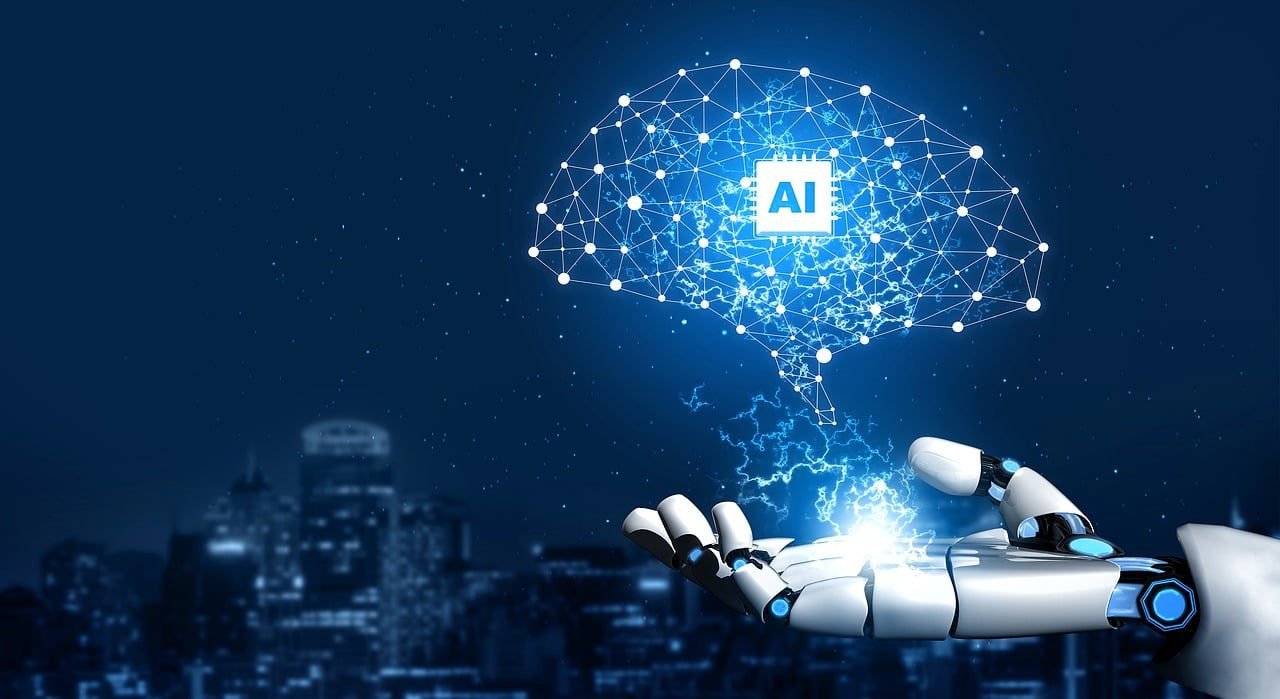Artificial intelligence (AI) keeps changing the future and its quick development presents both amazing possibilities and major hazards. Leading cybersecurity conference Black Hat USA 2024 brought professionals from all across the globe together to thoroughly investigate these concerns. The changing threat environment regarding artificial intelligence systems was one of the main topics, stressing worries about possible weaponization or other negative uses of this technology.
The Emerging AI Threats
From improving consumer experiences in retail to driving advancements in driverless cars and medical diagnostics, artificial intelligence has assiduously entered many facets of modern life. Its ability to examine and handle enormous amounts of data with formerly unheard-of speed and precision has transforming effects. But this same potential draws hostile actors looking to take advantage of weaknesses in artificial intelligence systems.
By their very nature, artificial intelligence systems include sophisticated algorithms and big databases, which can create fresh security issues. For example, the employment of artificial intelligence in vital infrastructure such as transportation networks, water supply systems, and electricity grids can be especially exposed. A breach in these systems can cause major disturbances including risks for public safety.
High Risk Events
Several high-risk scenarios were explored during Black Hat USA 2024 to show the possible severity of AI-related hazards. Here are some important samples:
- Autonomous vehicles: The security of autonomous cars’ artificial intelligence systems is vital as they proliferate. A successful cyber-attack on these systems might cause accidents or malfunction of vehicles, therefore compromising public safety.
AI-driven medical technologies are enhancing diagnoses and treatment strategies for healthcare systems. On the other hand, a flawed artificial intelligence system might result in erroneous diagnosis or treatment advice with maybe lethal results.
Targeting AI systems managing vital infrastructure, including water treatment plants or power grids, attackers seeking to inflict general disturbance or damage might find targets. Given the possible effects on public health and safety, the stakes are very high.
Autonomous Weapons: The evolution of autonomous weaponry driven by artificial intelligence raises moral and security issues. Should such technologies be hacked or utilized improperly, the outcomes might be disastrous.
Approaches for Reducing AI Risk
Companies have to use all-encompassing plans to safeguard their artificial intelligence systems to handle these developing risks. Here are a few important suggestions:
- Schedule frequent security audits Frequent security evaluations enable the identification and resolution of AI system weaknesses. Cybersecurity experts capable of assessing the security of data handling systems and the resilience of artificial intelligence algorithms should handle these audits.
- apply Advanced Encryption Within artificial intelligence systems, encryption is a basic technique for data and communication security. Using robust encryption methods guards against illegal access and manipulation of private data.
- Create moral rules:** It is important to grow and follow moral standards for artificial intelligence use. These rules should include privacy, prejudice, and responsible AI technology usage to stop abuse and guarantee that systems are built with safety in mind.
- encourage industry cooperation: Staying ahead of new dangers requires cooperation among industrial actors, cybersecurity analysts, and academics. Using knowledge about vulnerabilities and best practices, one may improve general security and create a more robust AI environment.
- Practice strong access restrictions It is absolutely important to make sure only authorized people have access to artificial intelligence systems and data. Strong authentication systems and access log monitoring assist in stopping any breaches and illegal activity.
The Need for Policy and Control
Regulation and policy become even more crucial as artificial intelligence technology develops. Working together, governments and regulatory authorities may create frameworks that handle the special difficulties presented by artificial intelligence. These rules should concentrate on different spheres:
- Artificial Intelligence Security Guidelines Establishing and implementing AI security standards will enable companies to create strong systems and stop vulnerabilities. These criteria should be constantly changed to match the developments in technology.
- Rules of Transparency Encouragement of openness in artificial intelligence creation techniques will help to establish confidence and guarantee the responsible application of AI systems. Transparency criteria could include revealing the training data sources and providing lucid justifications of how artificial intelligence judgments are reached.
Policies should take ethical issues of artificial intelligence into account, including guaranteeing justice and lessening AI algorithm prejudices. Establishing ethical rules can help to stop discriminatory policies and advance fair results.
- ** Incident Reporting:** Requiring obligatory incident reporting will enable companies to rapidly handle and fix security lapses. Early reporting and reaction help to reduce the effects of assaults and raise general resilience.
Looking Ahead: Artificial Intelligence Security
The knowledge presented at Black Hat USA 2024 emphasizes the importance of proactive actions and awareness in artificial intelligence security. Staying educated about possible hazards and implementing ways to reduce risks is crucial as artificial intelligence technologies are more and more included in our daily lives and important systems.
Organizations have to give security top priority in their artificial intelligence systems, keep an eye on vulnerabilities constantly, and work with colleagues to handle new difficulties. By setting criteria, encouraging openness, and handling ethical issues, governments, and regulatory agencies also significantly influence the direction of artificial intelligence security.
Focusing on these areas will help us to maximize the advantages of artificial intelligence while reducing its possible risks. Our combined efforts to create robust systems, promote ethical behavior, and guarantee that these strong technologies be utilized for the greater benefit will define the direction of artificial intelligence security.
In summary
Black Hat USA 2024 has given an insightful analysis of the changing scene of artificial intelligence security. The conference underlined the amazing possibilities of artificial intelligence as well as the urgent necessity to solve related hazards. Organizations, cybersecurity experts, and legislators must cooperate going ahead to protect artificial intelligence systems and guarantee the ethical and safe development and application of these technologies.
** Disclaimer:** This article’s material is for educational only use and should not be taken as professional guidance. See a suitable specialist for a particular direction on artificial intelligence security.






